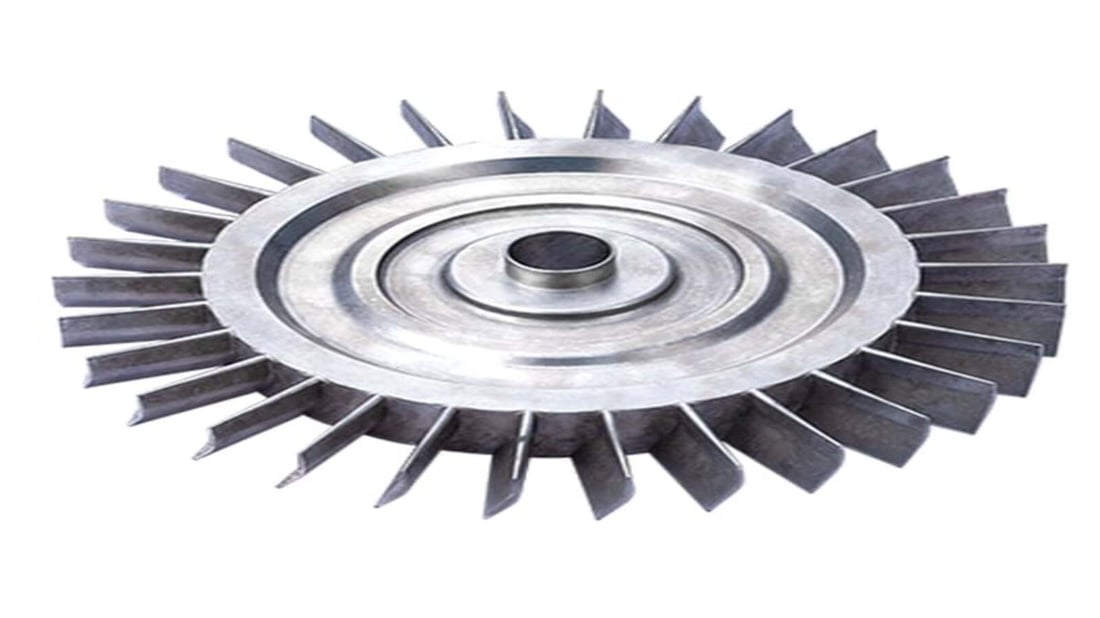Introduction to Vertical Machining Center (VMC)
Vertical machining centers, commonly referred to as VMCs, are essential tools in the manufacturing industry. VMCs are used to create a wide range of products, from simple components to complex precision parts. These machines provide high levels of accuracy and productivity, making them a popular choice for manufacturers around the world.
Features of Vertical Machining Centers
Vertical machining centers have a vertical spindle axis that enables them to perform tasks such as drilling, tapping, milling, and cutting. They come equipped with automatic tool changers, coolant systems, and chip conveyors, among other features. VMCs are known for their versatility and ability to handle a variety of machining operations with ease.
Benefits of Using Vertical Machining Centers
One of the key benefits of using VMCs is their ability to produce high-quality parts with tight tolerances. They are also highly efficient machines that can reduce production time and costs. Additionally, VMCs are easy to program and operate, making them ideal for both experienced machinists and beginners.
Applications of Vertical Machining Centers
VMCs are widely used in industries such as aerospace, automotive, medical, and electronics. They are suitable for machining a wide range of materials, including metals, plastics, and composites. From prototyping to production runs, VMCs can handle various tasks and deliver consistent results.
Types of Vertical Machining Centers
There are several types of VMCs available, including basic 3-axis machines, 4-axis machines with rotary tables, and 5-axis machines for complex machining operations. Each type has its own set of advantages and is suited for specific applications. Manufacturers can choose the type of VMC that best fits their production needs.
Factors to Consider When Choosing a Vertical Machining Center
When selecting a VMC for your operations, it is essential to consider factors such as the machine's size, spindle speed, tool capacity, and control system. The machine's build quality and features should also be taken into account. By carefully evaluating these factors, you can ensure that you choose a VMC that meets your production requirements.
Best Practices for Operating a Vertical Machining Center
To maximize the efficiency and productivity of your VMC, it is important to follow best practices for machine setup, tool selection, and programming. Regular maintenance and calibration of the machine are also crucial to ensure consistent performance. Training your operators on proper VMC operation and safety protocols is key to achieving optimal results.
Future Trends in Vertical Machining Centers
Advancements in technology are driving innovation in the field of vertical machining centers. From the integration of automation and robotics to the development of intelligent machining systems, the future of VMCs looks promising. Manufacturers are continually exploring ways to enhance the capabilities and efficiency of VMCs to meet the demands of the evolving industry.
Choosing the Right Vertical Machining Center for Your Business
With a wide range of VMCs available on the market, selecting the right machine for your business can be a daunting task. It is important to assess your production requirements, budget, and long-term goals before making a decision. Consulting with industry experts and conducting thorough research can help you make an informed choice.
Conclusion
Vertical machining centers play a vital role in modern manufacturing operations, offering precision, efficiency, and versatility. Whether you are a small job shop or a large production facility, investing in a quality VMC can help you streamline your machining processes and stay competitive in the market.
Quote Inquiry
Contact us

